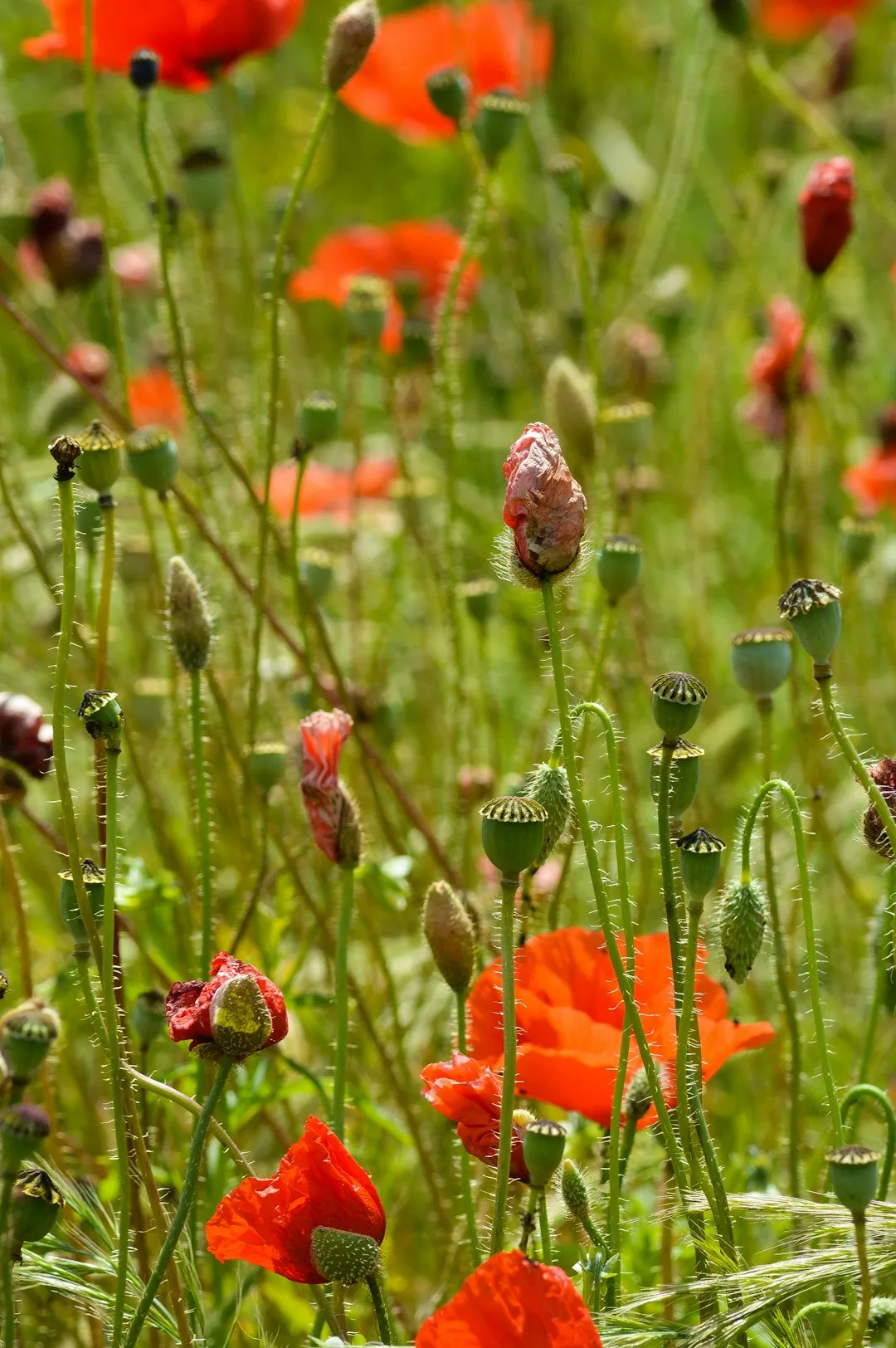Unveiling the Beauty of Lungwort in Your Garden

When it comes to creating a vibrant and enchanting garden, perennials play a crucial role. Among the many perennials available, lungwort stands out as a classic choice, especially for those looking to add a splash of color to their shade gardens. In this article, we will delve into the world of lungwort, learning how to plant and grow this remarkable plant.
Lungwort, scientifically known as Pulmonaria, is a genus of herbaceous perennial plants that are native to Europe and western Asia. These plants are well - loved for their early spring blooms, which can range in color from pink, blue, and purple, adding a much - needed pop of color after the long winter months. The leaves of lungwort are also quite distinctive, often having spots or splotches, which gives them an interesting and unique appearance.
### Choosing the Right Location
The first step in successfully growing lungwort is to select the appropriate location in your garden. As mentioned earlier, lungwort thrives in shade gardens. It prefers partial to full shade, as direct sunlight can scorch its delicate leaves. A location under a large tree or on the north side of a building would be ideal. The soil should be well - drained, rich in organic matter, and slightly acidic. You can improve the soil quality by adding compost or well - rotted manure before planting.
### Planting Lungwort
You can start lungwort from seeds, but it is often easier and more reliable to purchase young plants from a nursery. When planting, dig a hole that is slightly larger than the root ball of the plant. Place the plant in the hole, making sure that the top of the root ball is level with the soil surface. Backfill the hole with soil and gently firm it around the plant. Water thoroughly after planting to help the plant establish its roots.
### Watering and Maintenance
Lungwort requires regular watering, especially during dry spells. However, it is important not to over - water, as this can lead to root rot. A good rule of thumb is to keep the soil evenly moist but not waterlogged. Mulching around the base of the plant can help retain moisture and suppress weeds. In terms of fertilization, you can apply a balanced, slow - release fertilizer in the spring to promote healthy growth and abundant blooms.
### Pruning and Deadheading
After the lungwort has finished blooming, you can deadhead the spent flowers to encourage the plant to put its energy into leaf growth rather than seed production. In the fall, you can cut back the old foliage to keep the plant looking tidy and to prevent the spread of diseases. This also allows the new growth to emerge more easily in the spring.
### Pests and Diseases
Lungwort is generally a hardy plant, but it can be susceptible to a few pests and diseases. Slugs and snails may be attracted to the tender leaves, so you may need to take measures to control them, such as using slug pellets or creating barriers. Powdery mildew can also be a problem, especially in humid conditions. To prevent this, make sure there is good air circulation around the plants and avoid overhead watering.
### Propagation
If you want to expand your lungwort collection or share it with friends, you can propagate it through division. The best time to divide lungwort is in the early spring or fall. Carefully dig up the plant and use a sharp knife or garden fork to divide the root ball into smaller sections. Replant the divisions in suitable locations and water them well.
In conclusion, lungwort is a wonderful addition to any shade garden. With its early spring blooms, unique foliage, and relatively low maintenance requirements, it is a plant that both novice and experienced gardeners can enjoy. By following the tips outlined in this article, you can successfully plant and grow lungwort, and watch as it transforms your garden into a colorful oasis.